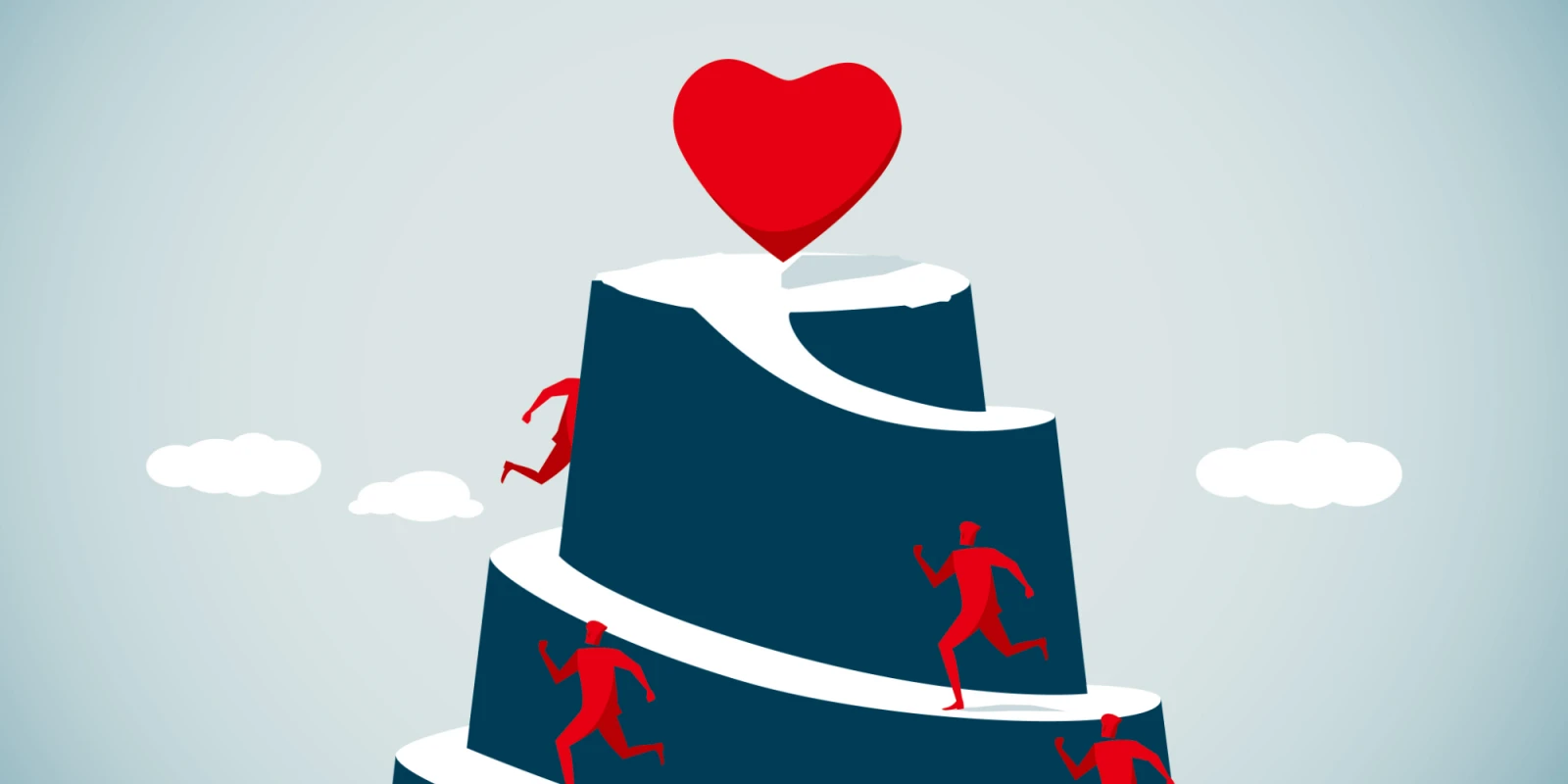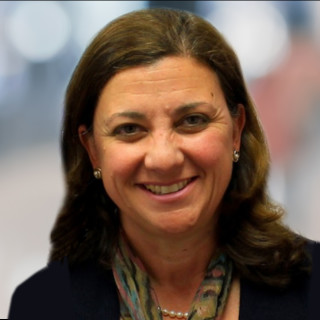
The past few weeks have been unprecedented in my career as a surgeon. The sweeping response to this global pandemic to mobilize resources, restrict social behaviors, and curtail businesses is far and beyond any prior modern health threat. What makes this particularly frightening is how many of my colleagues on the front lines have contracted the virus, become critically ill, or even died.
But of course, this isn’t the only contagious disease in recent history. As a medical student in New York in the late 1980s, another deadly illness was wreaking havoc, and it also posed a threat to doctors, surgeons in particular. As medical students across the country are graduating early to staff hospitals, I am cognizant of how their future in medicine will be shaped by their experience today.
I remember how excited I was to start my third year of medical school. After two years of sitting in a lecture hall, memorizing endless amounts of information, I would finally have a chance to put on a white coat and take care of patients. I was assigned to three months of internal medicine at Lincoln Hospital in the South Bronx, a rotation known for being fast-paced. It was a rotation in which a medical student “could do a lot.” It was also one of many hospitals in New York City at the time that was overwhelmed with patients suffering from AIDS and AIDS-related complications.
Looking back, it all seems a little surreal, given the way we were thrown into the thick of things with little to no preparation. By today’s standards, there was no training in HIPAA compliance or diagnosis coding. Instead, at the start of every rotation, they threatened us with $10,000 fines if we failed to dispose of medical waste or sharp objects properly. We didn’t need much need the threats; the medical waste washing up on local shorelines was a frequent story on the nightly news and even if it hadn’t been, we were fearful enough that a bloody needle, under the right circumstances, could turn into a weapon of mass destruction.
My very first patient was a 35-year-old woman with a history of IV drug abuse, admitted with fevers and pneumonia. She was cachectic, with a hollow expression that, over time, I would instantly recognize as the result of months spent suffering from the effects of an immune system relentlessly under attack. She was cooperative and patient, allowing me to “practice” drawing blood and placing an IV. Her X-ray showed a familiar pattern of patchy infiltration, and she was started on antibiotic therapy with a presumptive diagnosis of pneumocystis pneumonia (PCP), one of the opportunistic infections that turned someone who was HIV-positive into a full-blown AIDS patient.
The sheer number of patients suffering from HIV at the time was almost hard to believe. It seemed nearly every admission was yet another form of a disease that had barely even made it into our textbooks. Toxoplasmosis, Kaposi’s sarcoma, and cryptococcal meningitis were routine diagnoses, and yet there were many patients without obvious infection who nonetheless tested positive for HIV. And because patients could spread the disease through bodily fluids, all patients were considered at-risk, so we adopted a policy of universal precautions. The HIV epidemic colored all patient interactions. We learned how to behave in the context of contagious disease, how to protect ourselves and others, and how to temper our fears with knowledge and common sense. We also learned to follow the lead of our mentors — in my case, my father. He was a thoracic surgeon and inventor, who developed a disposable catheter to diagnose PCP without the need for a surgical procedure. He was at the side of any patient who needed him, well-trained and skillful; he had a healthy respect for infectious pulmonary diseases, understood the risks for transmission, but did not allow fear to prevent him from doing his best.
My patient had recovered and was discharged, only to be readmitted at the end of my rotation. Once again, she was kind enough to allow me to place her IV and draw her blood; I was much more adept at it by now. I stopped by her room on my way home one evening, listened to her lungs, quickly palpated her abdomen, and then found myself sitting by her side, with my hand resting reassuringly on her arm. All of a sudden, one of my attendings pulled me by the arm, yanking me off the bed and out of the room, as if he were saving me from viral contamination. I often think of that moment. Even at the time, we knew sitting next to or holding the hand of an AIDS patient would not convey the disease, yet my attending, motivated by fear or protective instinct, wanted me to be cautious.
In today’s world, given what we know about COVID-19, I suppose I may have already unknowingly carried a pathogen from one patient’s room to another. But being a good doctor requires that you be both reasonable and compassionate, that you know how to differentiate what is possible from what is likely. Being a good doctor requires that you proceed with caution, but without crippling anxiety.
In the case of COVID-19, I imagine this generation of students will learn a whole new set of skills to prevent airborne illness and, more importantly, how not to spread it to themselves or others. In fact, better hand-washing techniques should lead to a drop in other nosocomial infections that cause significant morbidity and mortality, such as MRSA and C. diff, much like proper disposal of sharps in the HIV era decreased the risk of hepatitis from needle sticks. Best practices are often derived from a response to a crisis. The sheer number of patients will quickly make inexperienced doctors experts.
COVID-19 is not as deadly as AIDS was, but its rapid onset, casual transmission, and potential for serious respiratory failure make it a much more tangible threat. My hope is that our students will learn, as we did, not to run from a patient’s bedside. My hope is that they will be guided by an understanding of the risks — real, not imagined.
I too started my career at the time of a deadly epidemic. But I faced my fears, became a surgeon, and have safely operated on many patients over the years, many of whom had HIV or other, equally threatening diseases. I learned from my father that good training and experience mitigates fear and allows you to do your best. I have no doubt that for those students working on the front lines, their future will be shaped by the events of today. And what an exciting future it will be.
UBERDOC Founder and CEO, Paula M. Muto, MD, FACS, is a practicing vascular and general surgeon in solo practice and the owner of the Vein Center at Mutosurgical. She is a member of a family of physicians and surgeons who have collectively practiced medicine in Massachusetts for over 50 years. She is an outspoken advocate for patient care and is passionate about women’s health issues.
Click here to see more perspectives on COVID-19 from the Doximity network.
Click here for up-to-date news about COVID-19 on Doximity.





